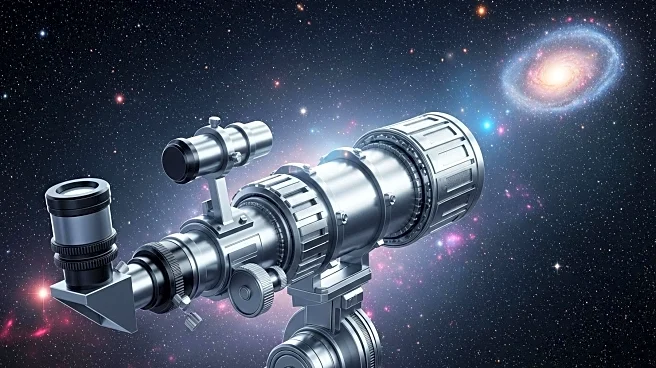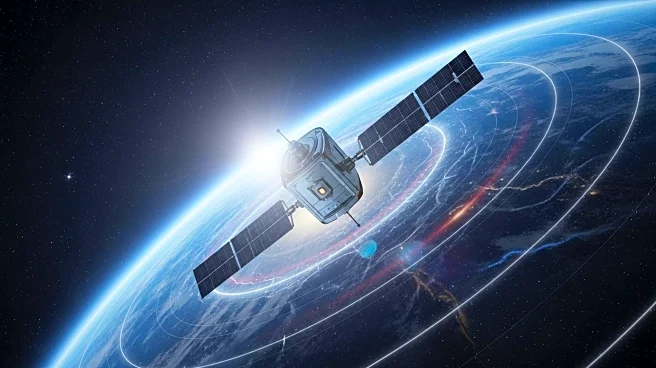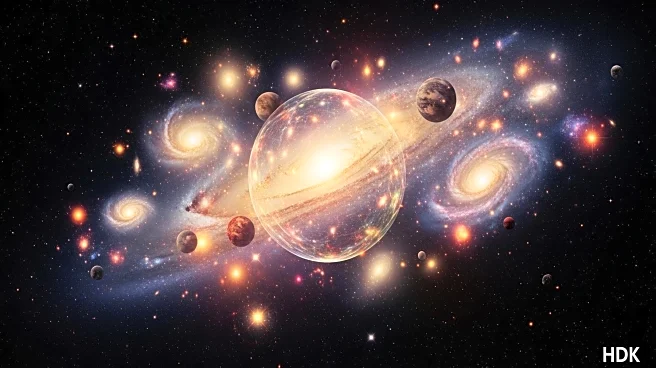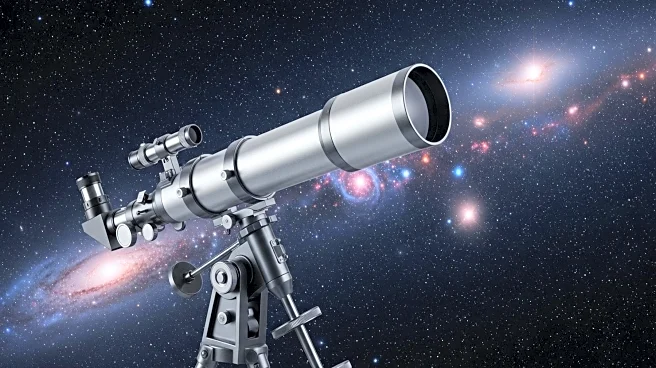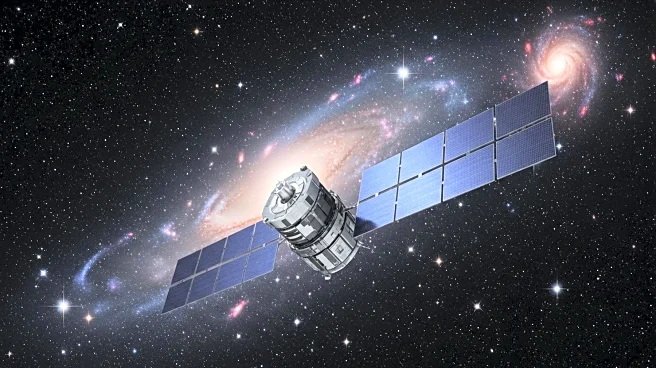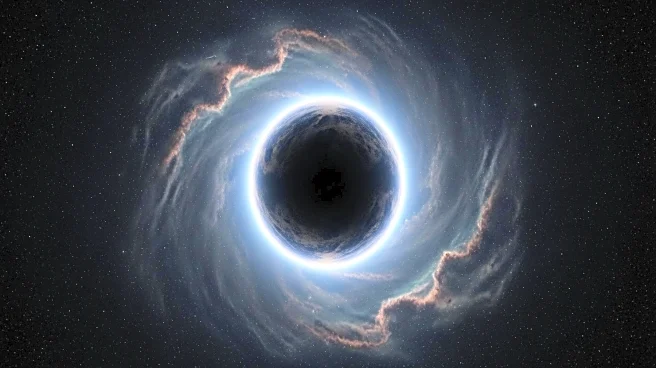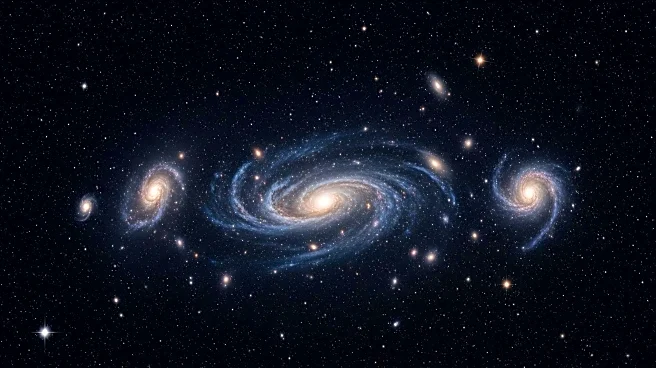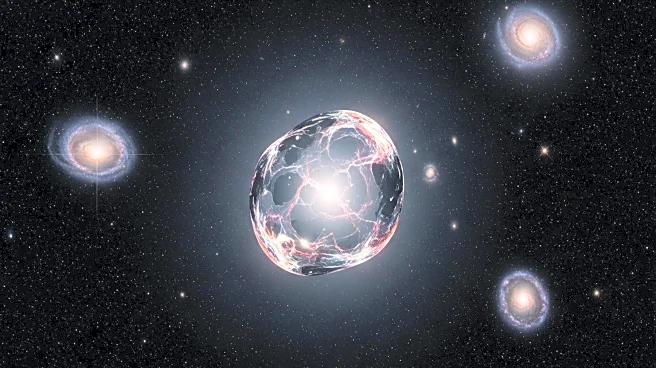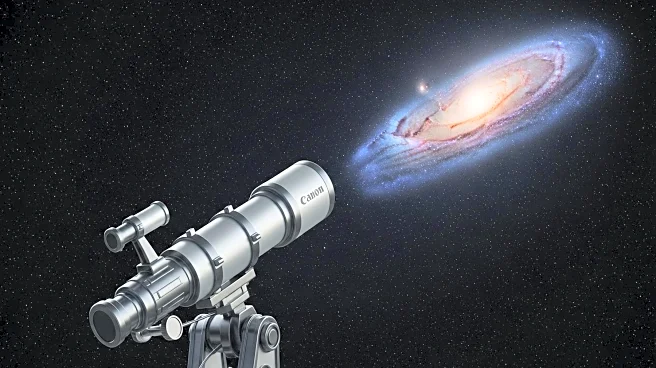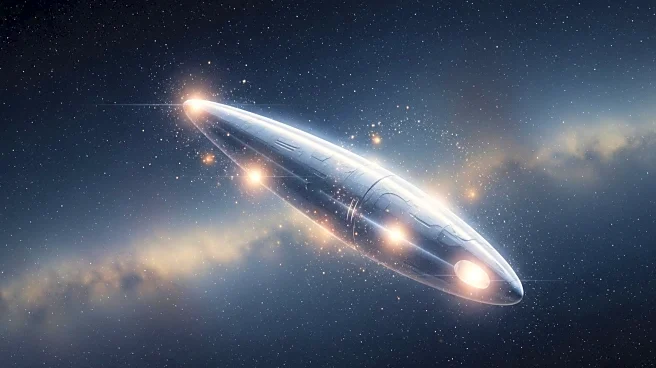What's Happening?
The Hubble Space Telescope, alongside the James Webb Space Telescope, continues to provide significant insights into the universe, yet several mysteries remain unresolved. One such mystery is the 'Hubble tension,' a discrepancy in measurements of the universe's expansion rate. The Hubble constant, measured using different methods, shows conflicting results, with standard rulers indicating a rate of 67 kilometers per second per megaparsec, while standard candles suggest 73 kilometers per second per megaparsec. This unresolved issue has persisted despite numerous attempts to solve it. Additionally, fast radio bursts (FRBs), first discovered in 2007, continue to puzzle scientists due to their unpredictable nature and immense energy output. Other mysteries include the nature of dark matter, the peculiar structure of Hoag's Object, and the hypothetical existence of Planet Nine, which could explain the clustering of icy objects in the solar system's outer regions.
Why It's Important?
These unresolved mysteries have significant implications for our understanding of the universe and the laws of physics. The Hubble tension challenges current models of cosmology and could lead to new theories about the universe's expansion. Understanding FRBs could unlock new knowledge about cosmic phenomena and the behavior of magnetars. The nature of dark matter remains one of the most pressing questions in astrophysics, as it constitutes a significant portion of the universe's mass. Solving these mysteries could lead to breakthroughs in technology and scientific knowledge, potentially impacting various fields such as physics, astronomy, and cosmology. The search for Planet Nine could redefine our understanding of the solar system's structure and dynamics.
What's Next?
Scientists are actively working to resolve these mysteries through advanced observations and theoretical modeling. The development of more powerful telescopes and instruments may provide the necessary data to solve the Hubble tension and identify the nature of dark matter. Continued monitoring and analysis of FRBs could lead to a better understanding of their origins and mechanisms. The search for Planet Nine involves extensive surveys and modeling to determine its existence and characteristics. As technology advances, the scientific community remains hopeful that these mysteries will be unraveled, leading to significant advancements in our understanding of the universe.
Beyond the Headlines
The pursuit of these cosmic mysteries highlights the importance of scientific inquiry and the quest for knowledge. It underscores the limitations of current technology and the need for innovation in observational techniques. The ethical implications of space exploration and the allocation of resources for scientific research are also significant considerations. These mysteries challenge our perception of the universe and inspire curiosity and wonder, driving the scientific community to push the boundaries of human understanding.

